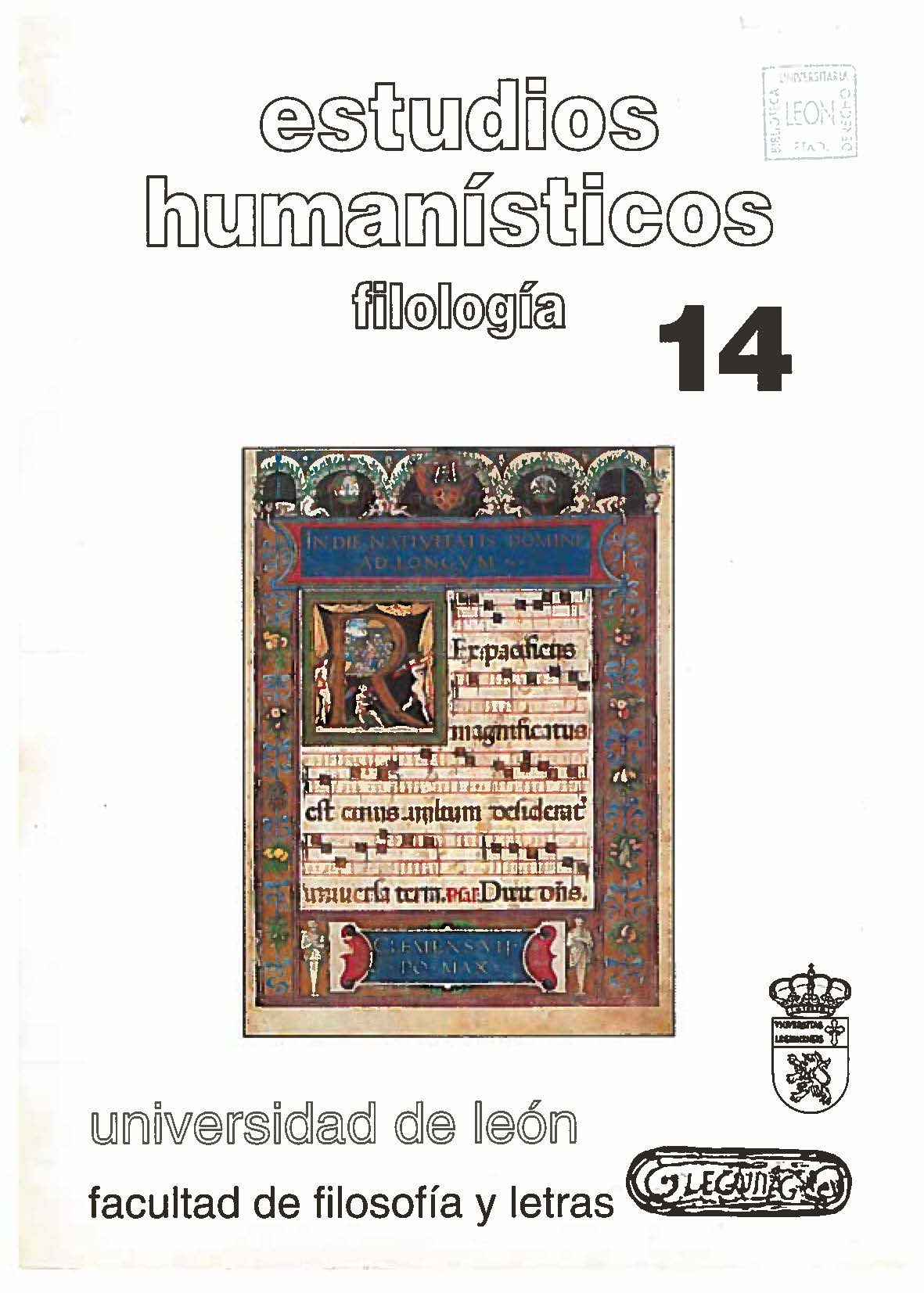Virginia Woolf's "Mrs. Dalloway": a journey into the inner mind
DOI:
https://doi.org/10.18002/ehf.v0i14.4268Resumen
Virginia Woolf s Mrs. Dalloway is a work whose main subject matter is a journey into the private inner mind of different characters, and therefore, it can respond to what is generally understood by Stream-of-Consciousness fiction, since its "action" is more "mental" than actually "physical", and it takes place, mainly, in the pre-speech levels of consciousness.
We know, however, that this kind of fiction needed a new form in which to be conveyed, "a very new sort of novelistic shell", as Jeremy Hawthorne says. Thus, we have considered the different technical tools Virginia Woolf uses to try to depict this inner consciousness convincingly. In the External Presentation we saw how the inner thoughts of the characters were basically rendered by two main techniques: Omniscient Description and Indirect Interior Monologue. In the more complex Interna! one we examined the use of Free Association, the broken syntax and the introduction of rhetorical devices such as anaphora, anacoluthum and repetition which give that appearance of discontinuity and incoherente of the private inner mind. With the same purpose, that is, to attempt to make a convincing and seemingly real depiction of the way this inner mind works, Virginia Woolf uses Private Images and Symbolism a use which seems to illuminate the theory that the making of symbols is a primary mental process. After considering briefly the question of the unity and organization of the work we tried to draw some conclusions about the actual aim of the journey: are we dealing with a truthful representation of the actual inner consciousness or with a deliberate artistic device to recreate it in fiction
Descargas
Métricas alternativas
Descargas
Publicado
Cómo citar
Número
Sección
Licencia
Derechos de autor 1992 Isabel Carmen Anievas Gamallo

Esta obra está bajo una licencia internacional Creative Commons Atribución-NoComercial-CompartirIgual 4.0.
Los autores o autoras que publican en esta revista están de acuerdo con los siguientes términos:
- Los autores o autoras conservan los derechos de autoría de su trabajo y ceden de forma no exclusiva los derechos de explotación (reproducción, distribución, comunicación pública, transformación) a la Universidad de León, por lo que pueden establecer, por separado, acuerdos adicionales para la distribución no exclusiva de la versión de la obra publicada en la revista (por ejemplo, alojarlo en un repositorio institucional o publicarlo en un libro), con un reconocimiento de su publicación inicial en esta revista.
- Este trabajo se encuentra bajo la Creative Commons Attribution-NonCommercial-ShareAlike 4.0 International License. Puede consultarse desde aquí la versión informativa y el texto legal de la licencia.
- Se permite y se anima a los autores y autoras a difundir electrónicamente las versiones pre-print (versión antes de ser evaluada) y/o post-print (versión evaluada y aceptada para su publicación) de sus obras antes de su publicación, ya que favorece su circulación y difusión más temprana y con ello un posible aumento en su citación y alcance entre la comunidad académica.











